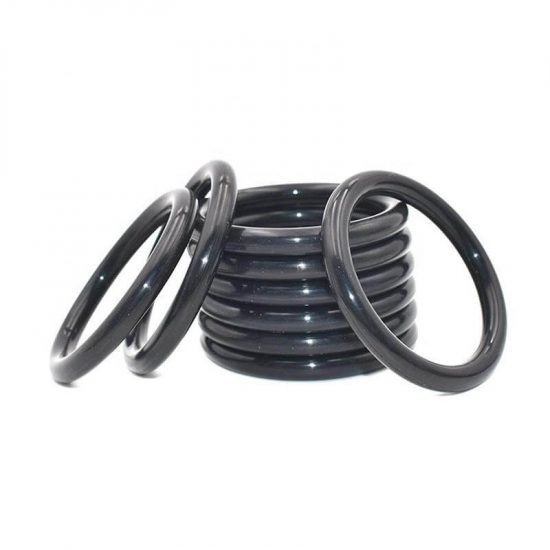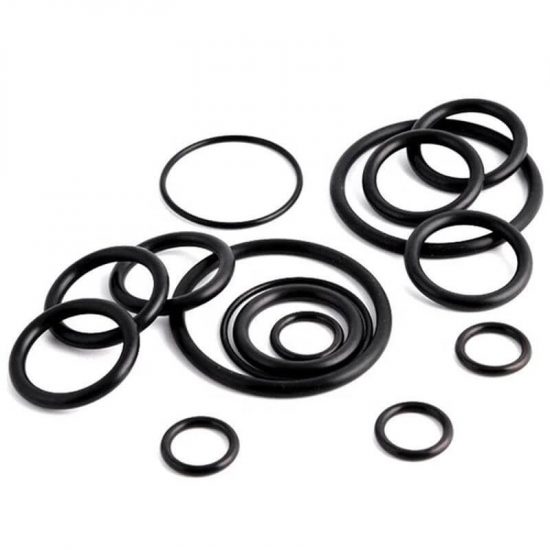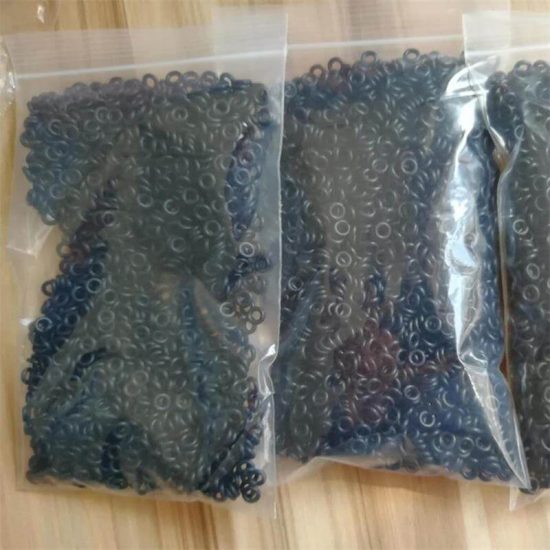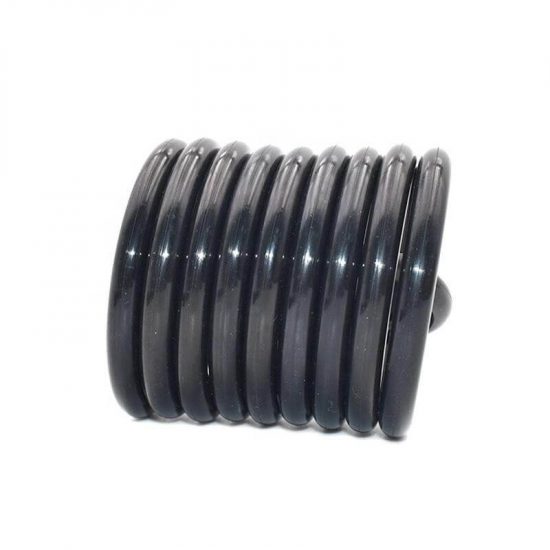We are a professional chloroprene rubber neoprene o-rings manufacturer & supplier.
- Payment Way: T/T, Western Union, Paypal
- Incoterm: EXW, FOB, CIF
- Shipping Way: By Air or Sea
- Manufacturer Place: Ningbo, China
- Delivery Time: 7 - 30 days
- Factory Status: Stocked for Sale
Share to SNS:
Description
Neoprene O-Rings are made of neoprene or chloroprene rubber, and it is also known as chloroprene o-rings or CR o-rings. Neoprene rubber is obtained by emulsion polymerization of chloroprene (2-chloro-1,3-butadiene), called polychloroprene rubber, which is a polar, unsaturated, crystalline rubber.
Neoprene is a versatile elastomer that offers a variety of properties. It is one of the first successful synthetic elastomers developed by Dupont in 1931 and was officially introduced to the market in 1937. Neoprene o-rings are commonly used in the refrigeration industry because they show excellent resistance to chemicals, such as ammonia and various coolants.
Specifications
- Material: Neoprene, Chloroprene, CR
- Temperature Range / Rating: -40 °C (-40 °F) to 120°C (248 °F)
- Low Operating Temperature Limit: -40 °C (40 °F)
- Maximum Operating Temperature Limit: 120°C (248 °F)
- Durometer Hardness Range: Shore A 40-90
- Standard Durometer Hardness: Shore A 70
- Less Used Duro Hardness: Shore A 50, 90
- Color: Black (standard), custom color is available
- Outline: Round, square, rectangular, custom
- Cross Section Shape: Round
- Cross Section Width (CS): 0.5 to 20 mm (0.020 to 0.787 inch)
- Inside Diameter (ID): 0.7 to 2965 mm (0.028 to 116.732 inch)
- Standard Size: AS 568, BS 1806, ISO 3601, DIN 3771, JIS B 2401
- Shelf Life: About 5-10 years
- Price Level: High
Features
- Neoprene o-rings have good physical and mechanical properties, oil resistance, heat resistance, flame resistance, sunlight resistance, ozone resistance, acid and alkali resistance, and chemical reagent resistance. The disadvantage is that the cold resistance and storage stability is poor.
- Neoprene o-rings have high tensile strength, elongation and reversible crystallinity, and good adhesion. They are resistant to aging and heat and have excellent resistance to oil and chemical corrosion. Weather resistance and ozone aging resistance are second only to ethylene-propylene rubber and butyl rubber.
- The heat resistance of neoprene o-rings is comparable to NBR o-rings, with decomposition temperature 230-260℃, short-term resistance 120-150℃, long-term use at 80-100℃, with a certain degree of flame retardancy. Their oil resistance is second only to NBR o-rings.
- Neoprene o-rings have good corrosion resistance to inorganic acids and alkalis and cold resistance is slightly poor, and electrical insulation is not good.
- The storage stability of raw rubber is poor, it will produce a “self-sulfur” phenomenon, the viscosity of Menny increases, and the raw rubber becomes hard.
Chemical Resistance Properties
Excellent
- Ozone
- Bases
- Tensile Strength
Good
- Weather
- Chemical
- Oils
- Watertight
- Abrasion
- Acids
- Flame
Fair
- Deformation
- Steanm
Poor
- None
Applications
The structure of neoprene rubber is similar to that of natural rubber. The difference is that the polar negatively charged group in neoprene replaces the methyl group in natural rubber, thereby improving the ozone resistance, oil resistance, and heat resistance of neoprene. In short, it has excellent weather resistance, ozone resistance, chemical corrosion resistance, oil resistance, etc., and its comprehensive physical and mechanical properties are also good. Therefore, neoprene has a wide range of uses, both as a general-purpose rubber seal and as a special rubber seal.
Neoprene o-rings are suitable for use in various seals that are in direct contact with the atmosphere, sunlight and ozone, and are suitable for various flame-resistant and chemical-resistant sealing environments.




